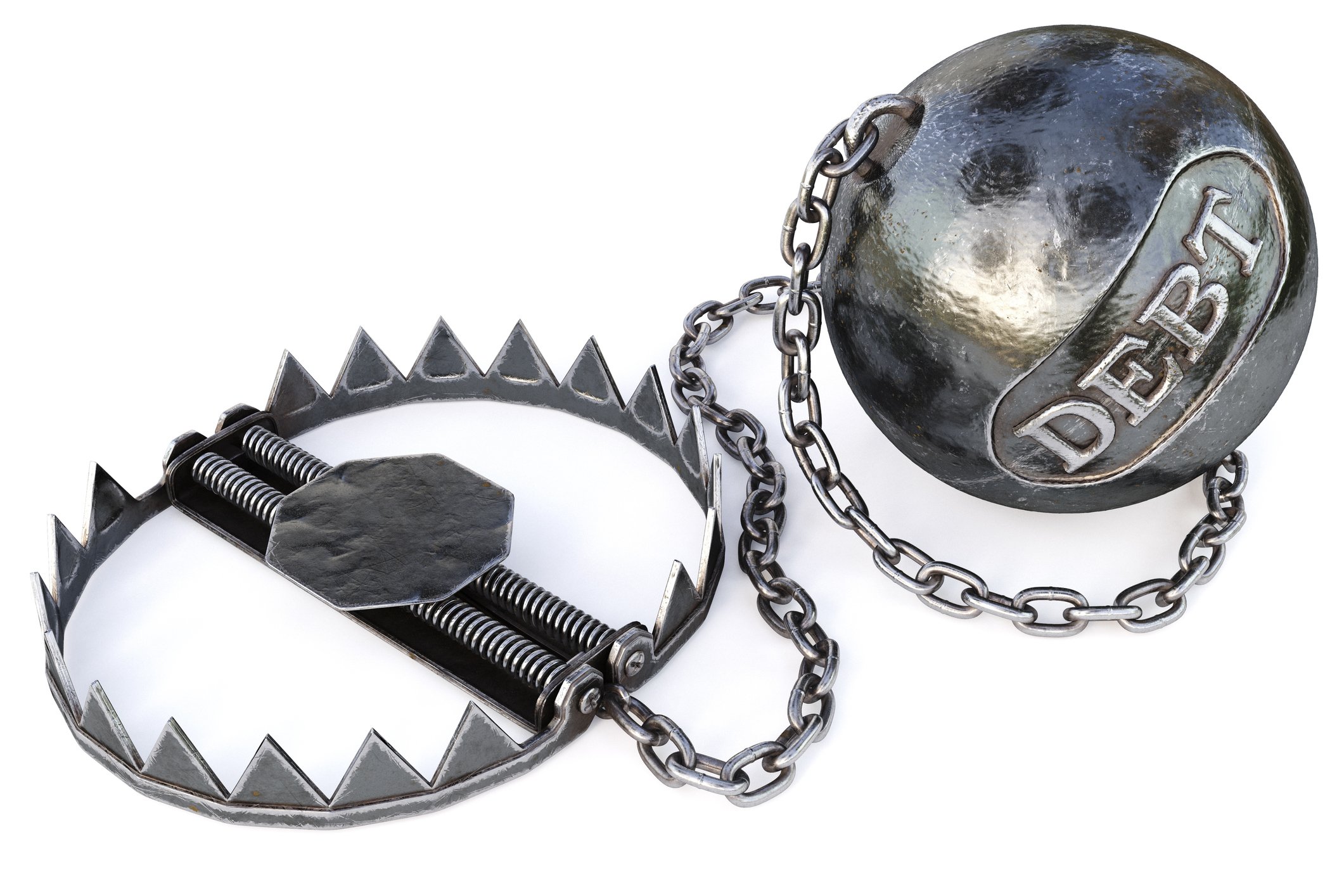
Can Valeant get back in Wall Street's good graces? Image source: Getty Images.
For Valeant Pharmaceuticals' (VRX +3.11%) shareholders, this year can't end quickly enough. Through Oct. 13, 2016, shares of the embattled pharmaceutical company have fallen 78%, and they're down more than 91% since peaking at an all-time high last summer.
Yet in spite of Valeant's laundry list of woes, it remains quite profitable on an adjusted basis. Valeant stuck by its prior forecast of $6.60 to $7 in adjusted full-year EPS following the release of its second-quarter results. If Valeant can hit the midpoint of this guidance, it would be trading at less than four times this year's profit projections. That's almost unheard of cheap -- but its exceptionally low earnings multiple also demonstrates just how many problems Valeant has to fix.
If CEO Joseph Papa and his management team are going to help shareholders benefit and win over Wall Street, a few things are going to need to happen.
1. Get its EBITDA-to-interest cost coverage ratio headed in the right direction
Arguably, Valeant's biggest issue is the $31 billion in debt it ended with in the second quarter.
Valeant relied heavily on its M&A machine to drive growth for years, snatching up the likes of eye-care behemoth Bausch & Lomb and drug developer Salix Pharmaceuticals in the process. When Valeant had little issue accessing capital and growing its EBITDA to cover its interest costs, things were great. However, with Valeant's pricing practices now being closely monitored and its access to credit essentially cut off following two late quarterly filings, debt is now a big issue.

Image source: Getty Images.
More specifically, Valeant has had to renegotiate with its lenders twice this year, first because it was delinquent with its annual report filing, and second because it was unlikely to stay above a pre-determined EBITDA-to-interest cost coverage ratio. Valeant's lenders had wanted the company to earn at least 2.75 times in EBITDA what it was paying out in interest on its debt each year. Falling below this figure would constitute a default that could trigger quicker repayments.
The good news is Valeant was able to work out a number of deals with its lenders, including a lowering of the EBITDA-to-interest cost coverage ratio. But it also cost Valeant a fee and a higher interest rate in the process.
The big question moving forward is whether or not the company can get its EBITDA-to-interest cost coverage ratio headed back in the right direction, and preferably back above 3.5-to-1. Papa and his management team understand the urgency of Valeant's debt situation and plan to sell non-core assets that generate an aggregate of about 20% of the company's annual sales. In a perfect world these assets could bring in 11 times EBIDTA, or a cumulative $8 billion. But Valeant is far from living in a perfect world, and it certainly isn't selling from a position of power, which could make raising capital to pay off debt tougher than many people realize.
Seeing this ratio head higher would be the first step to winning Wall Street back over.
2. Resolve its legal issues
Secondly, Valeant needs to deal with and resolve a number of ongoing legal probes into its business practices.

Image source: Getty Images.
As was alluded to above, a number of Valeant's woes can be traced to its pricing practices. In addition to its aggressive M&A strategy, Valeant has long had a habit of increasing the price on existing therapies, and purchasing older therapies and raising their prices. Most notably, Valeant acquired cardiovascular drugs Nitropress and Isuprel from Marathon Pharmaceuticals last year and almost immediately increased their list prices by 525% and 212%, respectively. The kicker is that Valeant didn't alter the formulation or manufacturing process of either drug, which eventually drew the ire of lawmakers.
Making matters worse, there's an ongoing investigation into the relationship between Valeant and its now-former drug distributor Philidor Rx Services. At issue is whether or not Philidor was remaining a neutral party in its dealings with insurers. If Philidor was not remaining neutral, it could have been pushing more expensive brand-name products from Valeant when cheaper alternatives were available. The investigation could result in charges directly against Philidor executives, but Valeant's management team is in the clear. However, Valeant the company could face fines and sales restrictions, and receive a knockout blow to its public image.
If Valeant is going to win over Wall Street, it's going to need to find a way to put these probes in the rearview mirror. Until these probes are gone and the microscope is lifted, Valeant's pricing power is likely to be constrained.
3. Demonstrate that its new drug distribution deal can work
The third thing Valeant will need to do is demonstrate that it can make its new long-term drug distribution deal signed with Walgreens Boots Alliance (WBA +0.00%) work, because so far it hasn't.
Valeant's new drug distribution deal with Walgreens has hit a number of snags. For instance, some of Valeant's top-growth drugs are being sold at steep discounts by Walgreens, resulting in scripts being filled at a loss to Valeant. This struggle is readily seen in the company's flagship dermatology business, which generated a year-over-year decline in sales of 55% during the second quarter.

Image source: Getty Images.
Another problem, as pointed out by Bloomberg, is that the deal is considerably more favorable to Walgreens. Valeant is required to pay a fee to Walgreens for offering its drugs, regardless of whether the insurer rejects a prescription in favor of a lower-priced substitute or not. According to Financial Times, about a quarter of prescriptions being dispensed by Walgreens are without insurer approval.
Lastly, the average list price for Valeant products tends to be lower at Walgreens than anywhere else, resulting in lower margins. Thus, the Catch-22 is that even if Valeant is able to turn its sales trajectory around, it could wind up hurting its margins in the process.
If Valeant can reignite its dermatology sales growth while also buoying its margins, it would go a long way to showing Wall Street that this long-term deal is good for both companies.
Can Valeant get back in Wall Street's good graces? Only time will tell, but this Fool isn't holding his breath.






